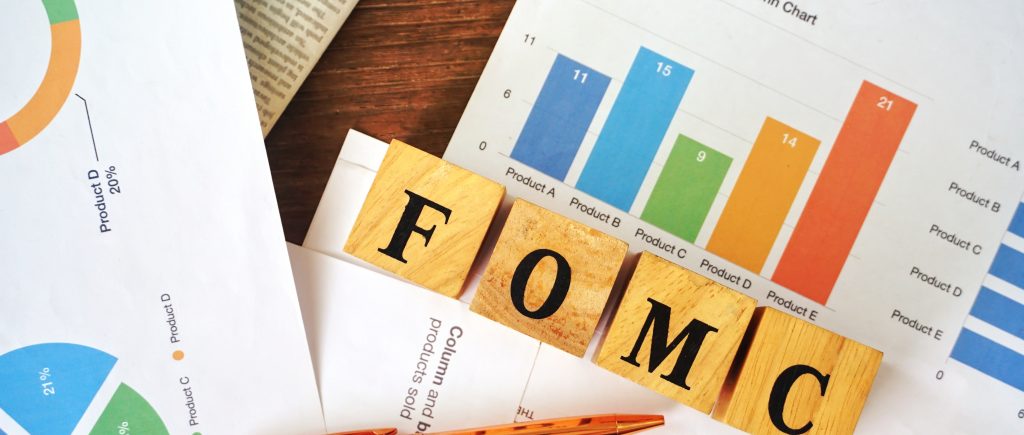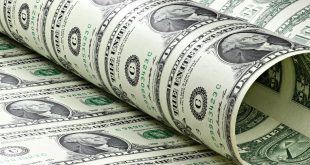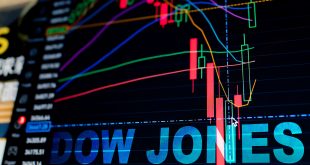US bonds rallied while new warnings are raised that a recession is inevitable in the United States ahead of Fed’s two-day policy meeting for November which is expected to result in a fifth-straight outsized rate hike.
Traders are digesting the ISM manufacturing data for further clues on the state of the US economy before the Fed’s policy decision on Wednesday, when another three-quarter point hike is a near-certainty. German 10-year yields fell 10 basis points to 2.04%.
The yield on 10-year Treasuries fell as much as 12 basis points to 3.93%, compared to a peak of 4.34% last month, the highest since 2007.
The urgency for bonds comes as Fed Chair Jerome Powell’s favoured portion of the yield curve, the difference between where three-month rates are now, versus where they are expected to be in 18 months’ time, is on the tip of inverting, with the spread between the two falling to less than 0.2 percentage points Tuesday from 2.7 percentage points in April.
An inverted yield curve is a key warning sign for many investors that a recession is coming as the market begins to price in an end to tighter policy and braces for lower rates in the future to soften the blow of a looming slowdown. Many closely-watched spreads in the Treasury market have already flipped below zero.
Policy rates are entering restrictive levels while there have been some soft patches of economic data of late. The Fed needs to move to smaller rate hikes, and this may happen at the December FOMC meeting.
In March, Powell downplayed the significance of two-year yields rising above 10-year rates — an often-cited harbinger of recession. He argued traders were looking at the wrong metric and that the shorter-end measure gives a clearer read because “if it’s inverted, that means the Fed’s going to cut, which means the economy is weak.”
Global markets have maintained mixed performance this year by an increasingly-hawkish Fed arguing that it needs to quash sky-high inflation even at the risk of a so-called hard landing for the economy. Its conundrum looks to be intensifying as robust inflation and labor-market data contrast with signs of weakness in other parts of the US economy.
That debate is also being reflected by Fed pricing. Money markets have fully priced a 75 basis point increase this week, according to contracts tied to central bank dates. Still, bets on yet another jumbo hike in December are wavering and are about 10 basis points lower than they were in mid-October.
Another widely-followed yield curve, namely the gap between three-month and 10-year Treasuries, inverted last week for the first time since March 2020.
Earlier on Tuesday, Australia’s central bank raised interest rates by a quarter-percentage point, pivoting away from outsized hikes last month.

 Noor Trends News, Technical Analysis, Educational Tools and Recommendations
Noor Trends News, Technical Analysis, Educational Tools and Recommendations




